The Independent's journalism is supported by our readers. When you purchase through links on our site, we may earn commission. Why trust us?
Simba hybrid mattress review: Cloud-like comfort and great support
From design to performance, we put the Simba hybrid mattress to the test
.png)
It isn’t easy finding the best mattress for you. The mattress market is so crowded that, even when we’re narrowing our search to the hybrid bed-in-a-box industry alone, it’s easy to be overwhelmed by the choice.
If you find yourself overwhelmed by the dizzying amount of information and choices out there, hybrids are a good place to start. While the two main mattress types used to be foam or springs, clever hybrid designs combine the best of both worlds, for optimum comfort, support and longevity. Unlike traditional spring mattresses, they can still easily fit in most cars or up narrow stairways before you roll them out to their full size.
British brand Simba produces nothing but hybrids. Its signature mattress – the Simba hybrid – makes some bold claims, not least that it’s produced using insights from 10 million sleepers.
The brand also says pretty much every layer has been designed to promote airflow and cooling – a biggie when you consider that getting overly hot at night is one of the most common niggles around mattresses containing foam.
A third claim that it suits all body types is also brave, given that certain mattresses tend to suit lighter or heavier, taller or shorter people better than others. Naturally, we put the Simba hybrid to the test to find out if this bestseller lives up to the hype.
How we tested
To assess the quality and comfort of the mattress, we tested it over the course of a number of weeks to see whether it really can transform your sleep. We assessed whether it really is ideal for all types of sleepers and whether it can keep us cool during the height of summer. Read on to find out how we got on.
Why you can trust IndyBest reviews
At IndyBest, we believe in rigorous, hands-on testing – every product we recommend has been personally put through its paces and earned our seal of approval. Journalist, editor and copywriter Kate Hilpern has been contributing to The Independent since 2015. With a focus on travel and accommodation, she’s spent years reviewing top hotels – and has plenty of experience assessing what makes a truly comfortable night’s sleep. From quality materials to thoughtful design, she knows what separates a good mattress from a great one – and what makes good value for money.
1Simba hybrid mattress

- Sizes available Single, small double, double, king, super king
- Mattress depth 25cm
- Mattress materials Open-cell foam and micro springs
- Trial period 200 nights
- Guarantee 10 years
- Why we love it
- Edge-to-edge support
- Ready within hours
- Perfect sinkage
- Great for summer
- Spinal support was noticeable
- Take note
- Chemical smell at first
Design and features
As with most hybrids, this mattress comes with a lot of layers – five, to be precise. At the core is a zoned foam support base – this is the part that gives the mattress its thickness, shape and stability, as well as being zoned to give the right support for each area of your body.
Next up is the high-definition foam layer that moulds to the shape of your body and is designed to provide edge-to-edge support. In the middle is a layer of patented conical pocket springs – 2,500 in a typical king size – which flex with your movement and provide the bounce, ridding it of that strangely flat feeling you can get with pure foam mattresses.
Then comes the open-cell Simbatex. Unlike memory foam, which can retain heat, leading to overheating and sweating, Simba developed its Simbatex in 2017, using graphite particles, which help to conduct heat away from your body.
Finally, there’s the soft, breathable and (take note, allergy sufferers) hypoallergenic sleep surface that’s also zip-off and washable.
Comfort and performance
First impressions count, so we felt we were off to a good start with the heavy-but-easy-to-move box, clear instructions and supplied safety cutter. Within just a few hours (many bed-in-a-box mattresses require longer), it was ready to use – particularly handy if you’ve just moved into a new home.
When it was time to lay our heads, the mattress immediately met our personal preference, being on the slightly firmer side of medium. Be warned, however – there’s a faint chemical whiff you have to live with for a few days, though this is not unusual in mattresses containing foam.
The sinkage is spot on – you don’t feel like you’re descending into the mattress itself or that it’s a battle to move positions, as is the case with some pure-foam mattresses. Unlike some pure-sprung mattresses, you don’t wind up with an agitated sleeping partner if you have a restless night or shift around in your sleep.
That said, we’d stop short of recommending this model if your sleeping partner is hypersensitive, as they are likely to feel a smidgen of movement. In other words, it’s impressive on this front, but we’ve tested better.
If you get hot during the night, this is definitely a purchase worth considering. Even in summer or when you have the central heating whacked up, it seems to keep sweat at bay – both from your body and the mattress itself. The company’s focus on air flow and breathability has, we’d say, well and truly paid off.
As for Simba’s claims about it being an all-rounder, despite your body size and shape, we’d say it's on safe ground here, but it’s definitely better for side and front sleepers.
Back sleepers – who are a rarer breed – are notoriously difficult to please, and we think there are other mattresses to which they’d be better suited.
If you’re prone to waking up with aches and pains, especially in your back, you’ll really notice the spinal support in this Simba hybrid mattress – even if you’re practically hanging off the side of the bed.
Most of us have bad memories of trying to flip a heavy mattress at one time or another, so it will come as good news that there’s no need to enter such territory with this one. However, you do need to rotate it 180 degrees once a month for the first three months, then every three to six months thereafter – helped by the four grips, although it did take two of us to complete this task.
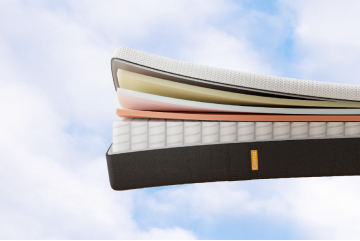
Don’t sleep on this Emma saving for Black Friday! Get up to 30 per cent off with top deals from the mattress and bedding brand now
Learn MoreThe verdict: Simba hybrid mattress
The Simba hybrid mattress is one that gives an instant and cloud-like balance of comfort and support right up to the edges. We’d recommend it to fans of medium firmness, side and front sleepers, back-pain sufferers, people who get hot at night and people whose bedrooms are difficult to reach. It’s definitely up there with our favourite hybrids.
Want more recommendations? Read our review of the best mattresses

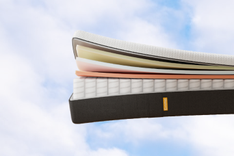
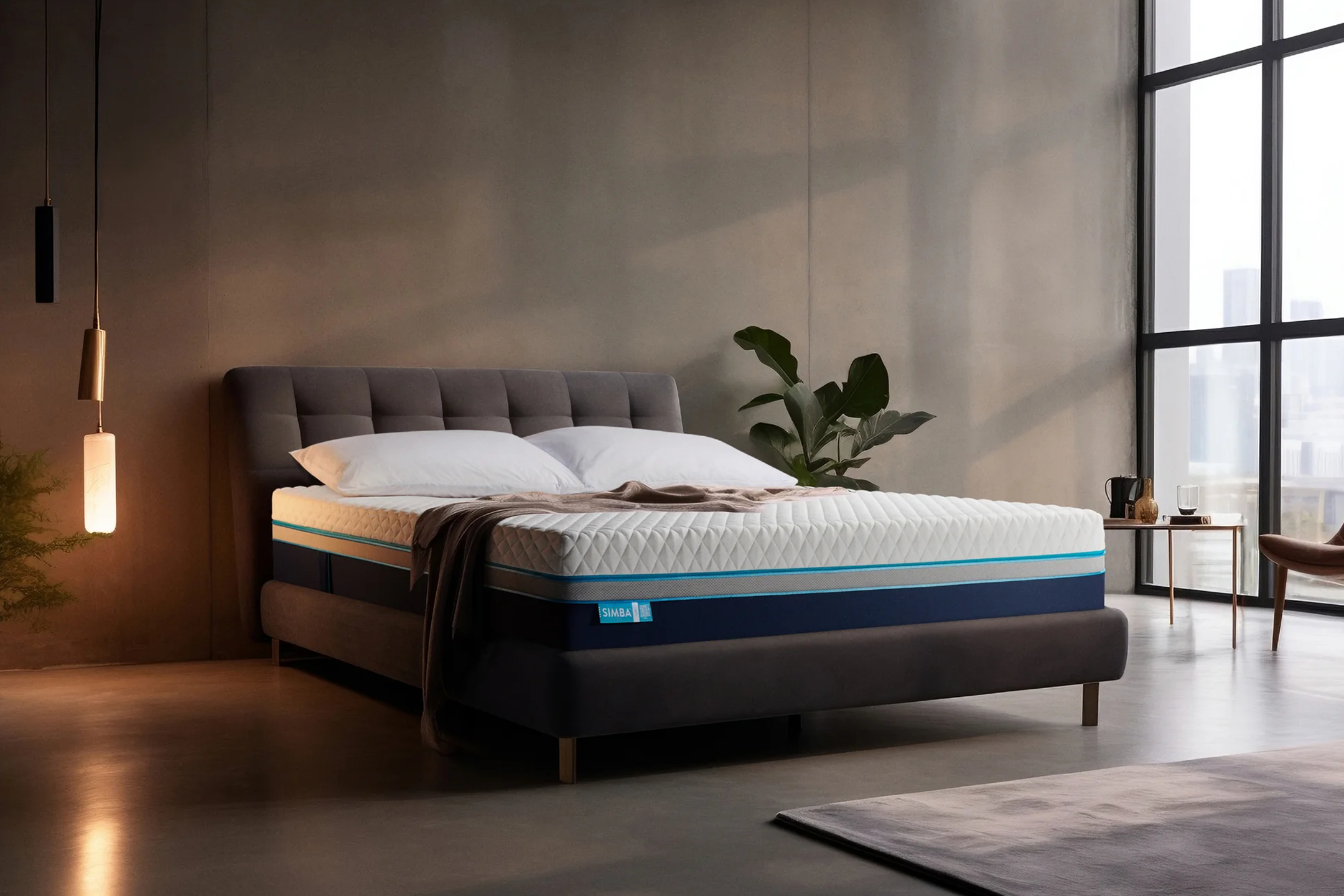
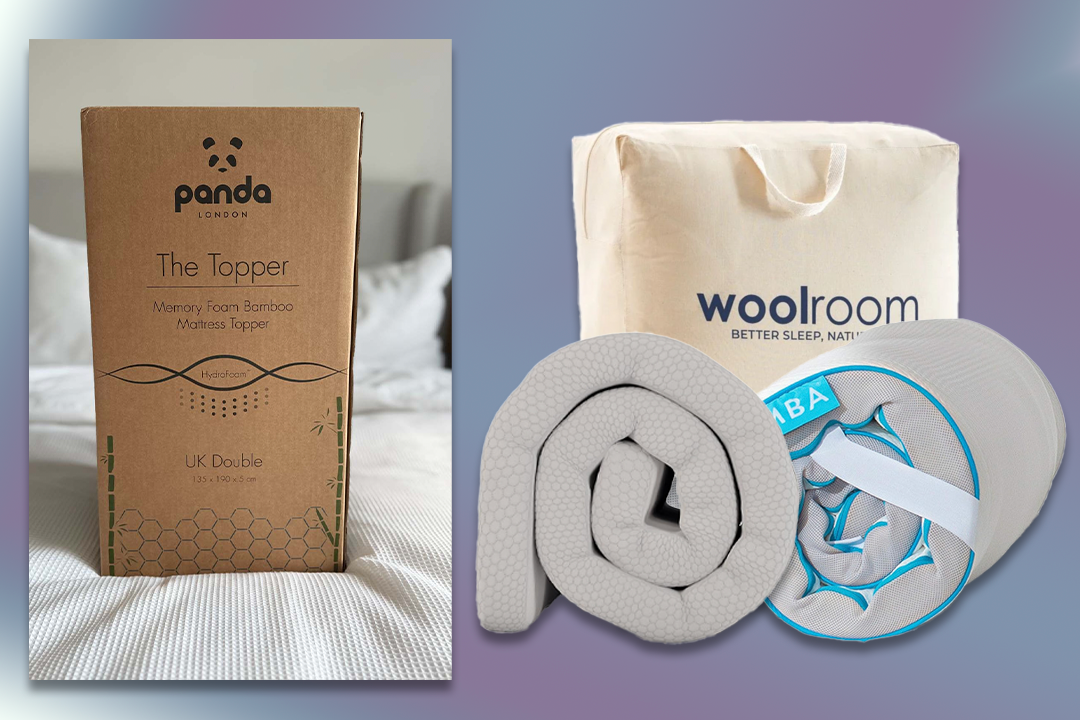

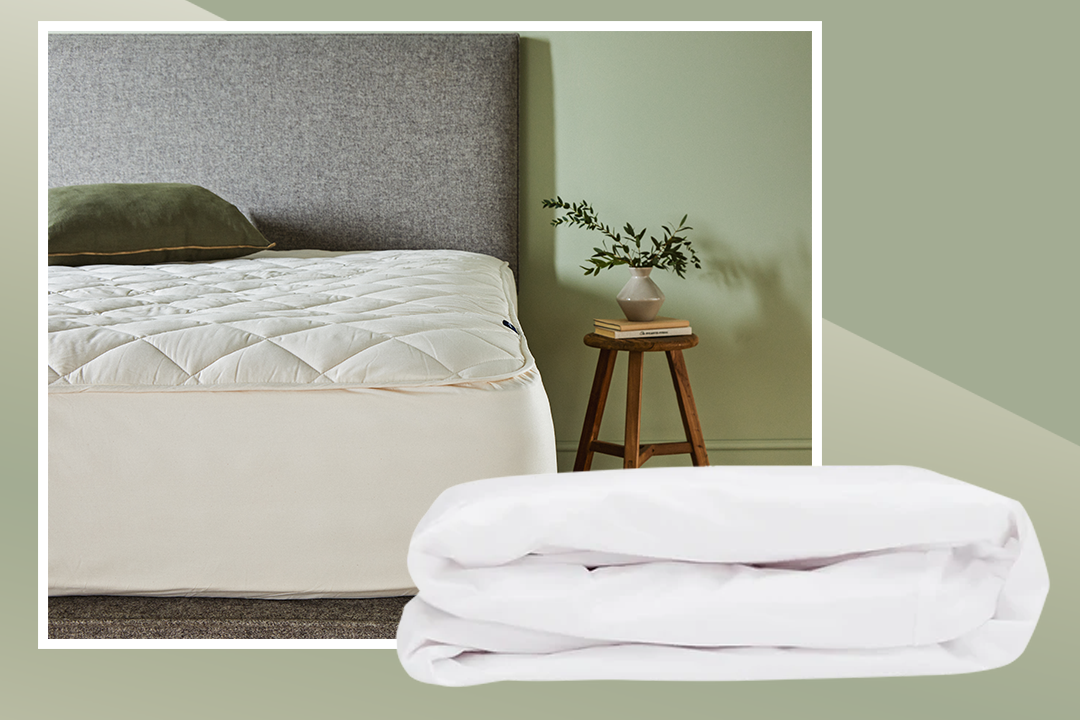

Bookmark popover
Removed from bookmarks